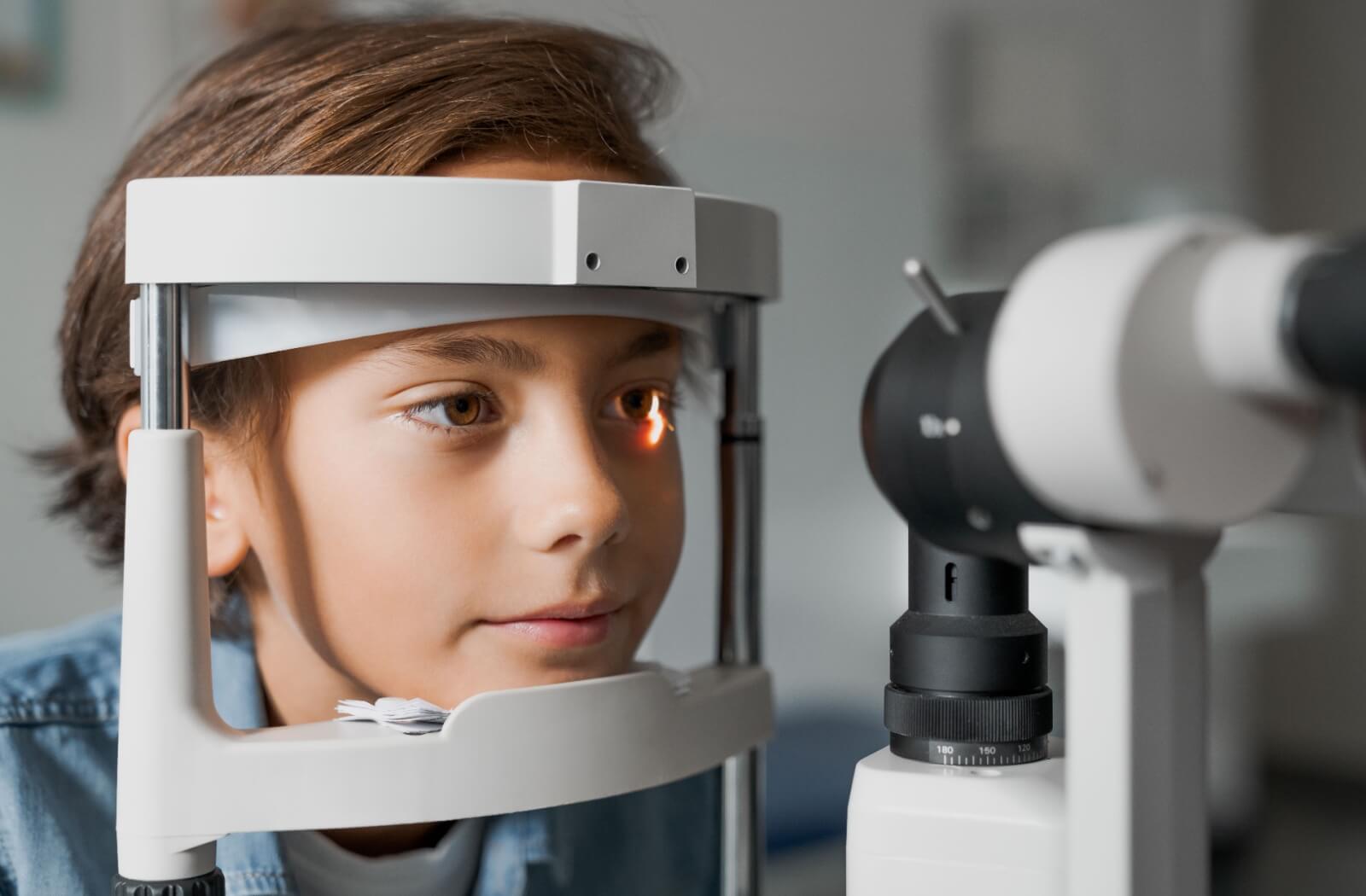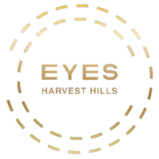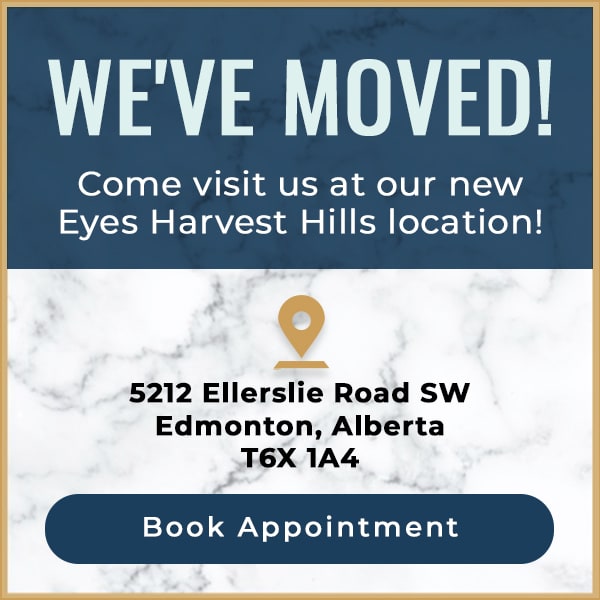It goes without saying that for parents, the well-being of their children is their top priority, and we know more today about children’s eye health than ever before. Childhood is a time when an eye doctor might diagnose myopia—commonly known as nearsightedness. The progression of myopia can be slowed down and managed, but it can’t be fully stopped.
What Is Myopia?
Myopia is a refractive error that makes it difficult to see distant objects clearly. Typically, myopia starts in childhood and becomes progressively worse until the eyes stop growing, usually in the late teens or early 20s. Myopia can increase the risk of developing severe eye conditions like cataracts, glaucoma, and retinal detachment.
The exact causes of myopia are not entirely understood. It’s likely that genetics play a role, and environmental factors—such as extensive near-work and limited outdoor time—can influence its onset and progression.
When children spend extended periods indoors, reading, or using screens, their growing eyes are focusing on close objects which can cause the eye to elongate and become more nearsighted. Additionally, limited exposure to natural light can impact the release of dopamine, a neurotransmitter that contributes to normal eye growth.
Nearly 30% of Canadians have myopia, with that number expected to grow to nearly 50% of the global population by 2050. In recent years, there has been a significant increase in myopia rates. This surge has sparked concerns about the long-term impact on eye health and the potential for a myopia epidemic.
Can Myopia Be Reversed or Cured?
It’s not possible to reverse myopia, but we’re learning more about how to effectively slow its progression. This distinction is critical as understanding our goals informs the approach we take to foster better ocular health in children.
Treatment Options for Myopia Control
Historically, myopia has been corrected with glasses, or rigid gas-permeable contact lenses, also known as hard contacts. Today, there are several promising methods that may slow the progression of myopia, such as atropine eye drops, multifocal contact lenses, and orthokeratology (ortho-k)—a type of specialized contact lenses you wear at nighttime.
Nearsighted adults may also benefit from myopia control treatments. An eye doctor can assess your needs and recommend treatment options.
Atropine Eye Drops
Atropine, in low doses of 0.01%, has been shown to effectively reduce myopia progression. It works by temporarily paralyzing the eye’s focusing mechanism.
Multifocal Lenses & Ortho-K
Specialized contact lenses, like multifocal and ortho-k lenses, alter the way light focuses within the eye, and can slow myopia progression. Ortho-K lenses are worn at night and reshape the cornea to change the way light enters the eye. Multifocal lenses incorporate 2 or more prescription strengths in the same lens, which can slow eye growth and allow the wearer to see clearly at different distances.
Spectacle Lenses with Additional Power
These lenses, known as myopia control spectacles, use extended depth of focus, peripheral defocus, or other strategies that work when the child wears them, potentially slowing myopia progression.
Preventing Myopia Progression
It’s not just about treating myopia—it’s about prevention. The earlier we can intervene, the more significant the impact on myopia’s progression. Parents should prioritize eye exams for their children regularly.
Prevention measures can help protect your child’s vision. Strategies for the prevention of myopia combine good eye habits, outdoor time, and technological adjustments.
The Role of Outdoor Time
Exposing children to natural light, specifically sunlight (with sun protection), has shown a robust protective effect against the development and progression of myopia. Aim for at least 2 hours of outdoor time per day.
Optimize Your Environment & Manage Screen Time
Screens are an inescapable part of modern life, but like most things in life, moderation is key. Encourage the 20-20-20 rule: every 20 minutes, look at something 20 feet away for at least 20 seconds.
Cultivating good vision habits from a young age pays dividends. Teach your child the importance of proper lighting, posture, and regular breaks from screen time. These environmental factors can play a significant role in eye health.
How Long Can Myopia Treatment Take to Show Results?
The speed at which myopia develops differs from child to child, and so can the results of myopia treatments. Some treatments may show short-term stabilization, but the goal is often more about the cumulative effects over the long term rather than immediate results. Each child’s responses to treatments will vary.
Advancements in myopia control are exciting, but it’s important to have realistic expectations about what these treatments can achieve. You can work closely with your eye doctor to monitor progress and make necessary adjustments to the treatment plan.
Your child can start getting regular eye exams beginning at 6 months old. Eye exams are covered under the provincial healthcare plan in Alberta until age 18. Having regular annual eye exams can lead to early intervention, which can help identify and address potential vision issues before they become bigger problems.

Protect Your Child’s Eye Health
Our homes are the first line of defence against the progression of myopia, where habits form and lifelong health practices are established. Encouraging outdoor play, setting boundaries on screen time, and fostering an environment conducive to eye health are all acts of love and care. Eyes Harvest Hills offers children’s eye care and myopia control treatments. Our friendly and knowledgeable team is ready to assist you and your family in maintaining good eye health. Book an appointment today to find out how we can support your family’s vision care needs.




